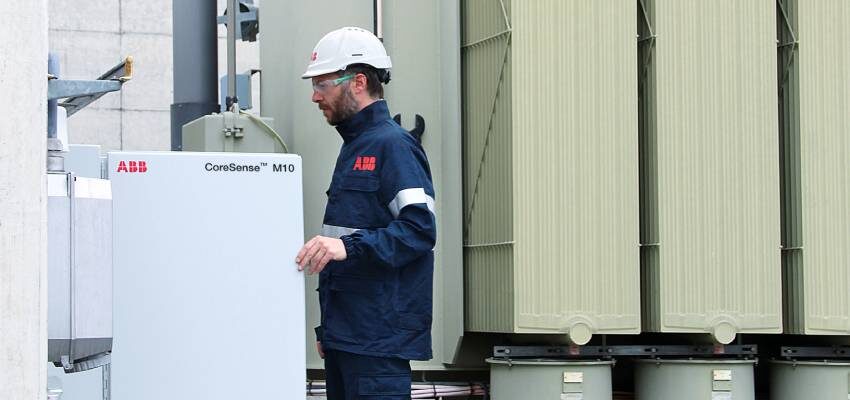
Investigating return on online DGA investments for service aged power transformer
Power transformers are critical assets that ensure successful operation of many different applications – commercial plants, data centers, oil and gas plants, renewable plants, and...
byBhaba Das

Power transformers are critical assets that ensure successful operation of many different applications – commercial plants, data centers, oil and gas plants, renewable plants, and utilities, among many. During their operational years, these transformers are subjected to stress, which can be categorized as thermal, mechanical, and electrical. Each of these stresses contributes to transformer aging. To maintain reliable operation, different strategies have been adopted by asset managers – visual inspections, routine oil sampling, mechanical or electrical tests, refurbishment (oil filtering, etc.), and replacements (when necessary) to ensure continued operation of these transformers.
Read the full article in PDF
It is now firmly established that dissolved gas analysis (DGA) is one of the best methods for detecting internal faults of the power transformers shortly after it was introduced [1]. There are international standards / technical brochures from IEC [2], IEEE [3], and CIGRE [4] providing background and assistance in interpreting DGA results. Traditionally, the gas chromatography (GC) [5] based DGA has been performed in oil laboratories all over the world. It is very common to perform offline DGA once or twice a year. This is due to different reasons: operational costs, lack of experienced staff, the complexity of standards [6] that must be applied to the extraction, storage, and transportation of oil samples to laboratories.
A major benefit of O-DGA monitoring is its ability to detect failures that are evolving faster than the usual yearly sampling interval and which would otherwise remain undetected.
There are certain fundamental issues related to offline DGA analysis:
- Yearly DGA sampling only provides a snapshot of the transformer’s condition at that time-point.
- There are issues related to laboratory accuracy and repeatability.
- Contamination (air bubble) of an oil sample during and / or after sampling.
- Lack of trained sampling staff.
- Degradation of the sample between the time of analysis and time of sampling.
- Manual sampling in remote locations is costly.
- The sample verification concept is hardly followed.







